How to Find a Septic Tank Lid (4 Expert Tips)
-

- Last updated:
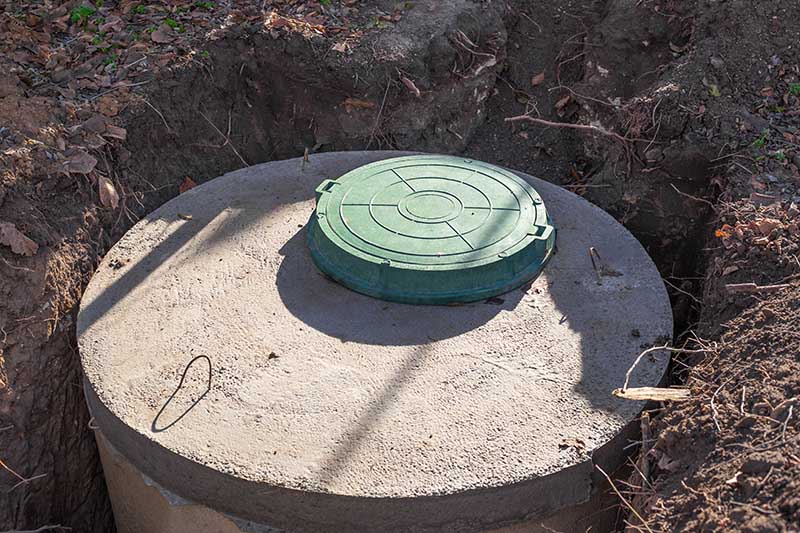
Whether you realize it or not, the location of your septic tank lid is very important. Despite being quite large, most septic tanks are challenging to locate since they are buried.
Ultimately, knowing where your septic tank helps during maintenance and checking waste levels. For example, if you notice a rancid smell coming from your sink and toilet, that could be a sign that your septic tank is overloaded or there’s an issue with the system that needs urgent maintenance.
Use the links below to jump to the following categories:
- How to Locate Your Septic Tank Lid
- How to Maintain Your Septic Tank Lid
- Visible Signs Your Septic Tank Is Full & Needs Emptying
 How to Locate Your Septic Tank Lid
How to Locate Your Septic Tank Lid
If you are a new homeowner, one of your top priorities should be locating your septic tank, and what better way to do that than finding the lid? Some methods you can use to find the location of the septic tank lid include the following:
1. Septic Tank Plans
Most home plans come with the location of the septic tank, and using them is the easiest and surest way of finding it. The plans provide the location of the tank and dimensions in relation to the house. This way, you can use a measuring tape to measure the distance from the house.
If you can’t locate the plans, the local board of health and the municipal office should have them. But, most times, the lid to the septic tank is buried underneath the ground, and you might have to dig to find it even after getting the plans.
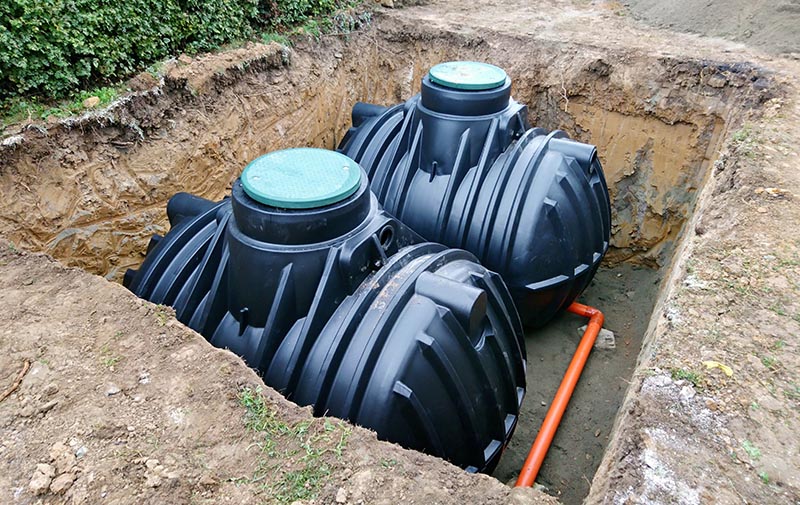
2. Follow the Sewer Pipe
Sometimes septic tanks are hard to find, even with the plans. One foolproof way to find it is by following the septic pipe from your kitchen sink, toilet, or basement to the septic tank. The pipe takes all the water from your house and empties it into the tank, and the relation of this pipe to ground level will indicate how deep your septic tank is.
Some sewer pipes are buried underneath the surface and might be difficult to follow. In this case, your septic tank may be 10–15 feet away from the building in the general direction of the sewer pipe.
Find a plumbing specialist in your area, and get free, no-commitment estimates for your project. Consult a PLUMBING expert

3. Use a Metal Detector or Soil Probe
Septic tanks are typically made from four types of materials; concrete, plastic, fiberglass, and steel. If your septic tank is made from steel, you can use a metal detector to locate the lid.
It’s important to note that the metal detector will only be useful in detecting the steel or iron handles on the lid or the steel walls of the tank. When using a metal detector, mark all the points with the highest signal strength; that is where the lid is likely located.
If your septic tank is made from plastic or fiberglass, you can use a soil probe to locate it. Most plastic septic tanks are buried less than 2 feet deep, and the pointy tip of the metal probe can pinpoint any substance or material in the soil with higher resistance.

4. Look for Markers on the Property
There’s a high probability that the recent owner of the house also went through a lot of trouble locating the septic tank and marking the lid. If there is a clear area in the yard around 20 feet away from the house, that’s likely where the septic tank lid is.
Some people also hide the lid with a lightweight object like a bird bath, planter box, or plastic rock to avoid creating an eyesore in their home.
 How to Maintain Your Septic Tank Lid
How to Maintain Your Septic Tank Lid
Once you’ve located your septic tank lid, you need to maintain it to keep it from collapsing or breaking. You also need to ensure that it’s accessible for maintenance in the future.
- Cut the grass around the lid regularly to ensure it’s visible and easily accessible.
- Mark the area with a proper sign like a flag or fence around it so that nobody builds in the area.
- Remove any dirt covering the lid.
- Plant trees the appropriate distance away from the septic tank to prevent the roots from puncturing the tank.
- Keep roof drains and any other drainage systems away from the septic tank area since this can slow down the treatment process in the septic tank.
- Replace the handles on the lid to make it easier for the maintenance personnel to lift it.
- If the lid is old and worn out, replace it with a new one to prevent it from caving in.
- Install a septic tank riser at the top of the lid to easily locate the lid.
 Visible Signs Your Septic Tank Is Full & Needs Emptying
Visible Signs Your Septic Tank Is Full & Needs Emptying
Owning a property that depends on a septic tank can be challenging, especially if it’s your first time using one. If you are new to owning one, here are some visible tell-tale signs your tank needs emptying:
1. Pooling Water in Your Yard
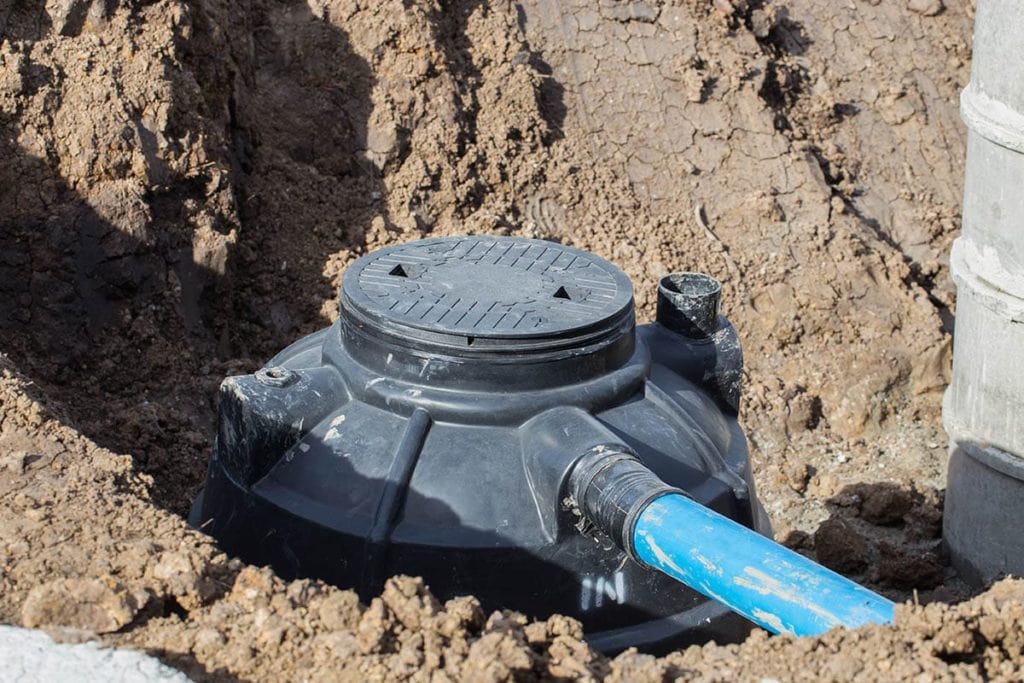
The first visible sign that your septic tank is full is water pooling around your septic tank. If it hasn’t rained recently, this is a sure sign that your septic tank is overdue for emptying.
2. Slow Drains
Slow drains throughout your house, be it the sink, toilet, or bathroom, is a sign of a clog in your septic system or a sign that your septic system is full. The first response is to call a drain cleaner; if the system persists, call professional septic tank cleaners.
3. Trouble Flushing
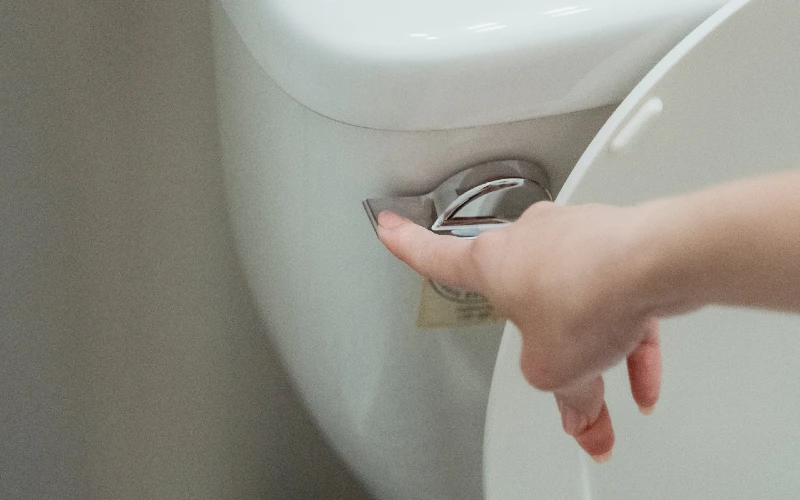
If you notice trouble flushing, your septic tank might be full. This is especially true if this is a common problem in all the toilets in your home; it might be time to get it emptied.
4. Bad Odors
Since all the water from your toilet, bathroom, and kitchen drains into the septic tank, the smell will not be pleasant when it gets full. The odor is usually quite strong, and your neighbors may even complain if you live in close proximity.
5. An Overly Healthy Lawn
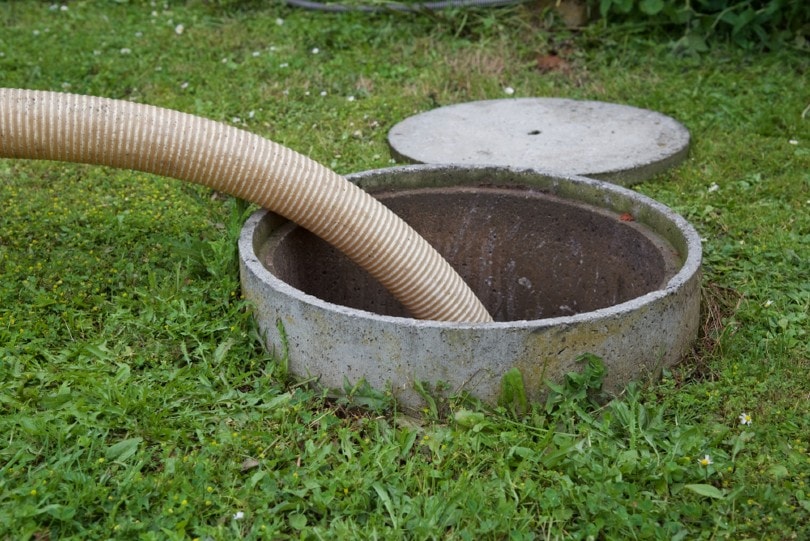
The only positive effect of a full septic tank is a healthy lawn. The grass above and near your septic tank could be the healthiest green you’ve ever seen, even during a dry period. If this is the case, it’s time to get your septic tank looked at.
 Conclusion
Conclusion
After locating the septic tank lid, you might want to open it to perform the maintenance yourself. Most septic tank lids are heavy and difficult to move on your own. You should have at least one other person with you as you open it to help with moving the lid and to help in case something goes wrong.
That said, it’s always recommended to have a professional open it and do the necessary repairs and maintenance.
Featured Image Credit: Natalia Kokhanova, Shutterstock
Contents
 How to Locate Your Septic Tank Lid
How to Locate Your Septic Tank Lid How to Maintain Your Septic Tank Lid
How to Maintain Your Septic Tank Lid